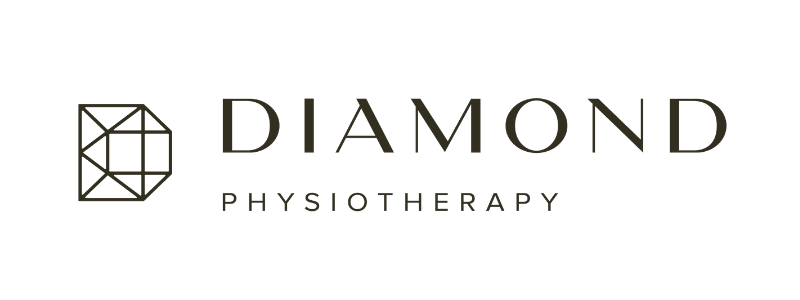Finding the long-term solution
As a physiotherapist you play an important role in changing people’s perception of their musculoskeletal health.
You can do this in two ways.
SHORT-TERM Short-term “fixes”in physiotherapy include soft tissue massage, cupping, spinal manipulation, fancy vibrators, ultrasound machines, tens machines, IFC machines, etc. (all the machines) Now, these are all ways to decrease pain short-term, which has merit, but without a long-term plan, they provide very little REAL benefits to the patient. Now as a therapist is it much easier to perform short-term interventions, like listed above, as it allows you to see more patients per hour while working with assistance leading to you making more money 🤭
LONG-TERM I prefer long-term methods. Now the long-term solution is hard as it involves active listening, understanding, and developing a meaningful plan. Nothing makes me happier than to hear my patient say “I’m confident with the plan and I’m going to continue what you’ve taught me on my own. If I have concerns I’ll let you know” 🥰
To get to this point in clinic, I often break it into 3 parts:
1. Patient education - To me patient education means you’re providing the patient with an understanding of why they’re feeling what they’re feeling. It is often not always one structural factor but a combination of the muscle system, the nervous system and their specific history and experience with pain. I provide informed education on best known treatment techniques, what we know about them and any alternatives that may be available if needed.
2. Goal setting - Now this is often a moment of friction in the clinic where patients say “what do you mean, the goal is to get better and be pain free” This is when I encourage them to dig deeper and often facilitate their thinking with the Patient Specific Functional Scale (PSFS) to come up with specific things that they are unable to do or currently having difficulty with. Sometimes I get patients to go home with the outcome measure and truly think about why they are working with me and what they are looking to improve or change.
3. Exercise/movement programming - This isn’t always deadlifting or squats but this is some movement pattern that their bodies are not currently used to or are potentially uncomfortable with. I often encourage movement early and often. For many conditions out there, I use the line “there is nothing wrong with getting strong”
Finding ways to get there is where I help. I create a program that addresses the patient's specific needs. Finding a means for patients to move in ways they haven’t in the past, can have a dramatic affect on how they feel.
Exercise also has other effects beyond structural movement and pain. It supports the confidence to decrease the fear of avoidance behaviours and increases motivation towards living a healthier lifestyle.
For all these reasons movement is KEY! 🏃♂️ 🏃🏽♀️
Jamie Deloyer
Registered Physiotherapist


